18+ Sample Knowledge Transfer Plan
-
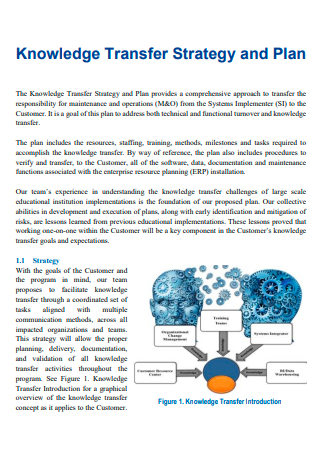
Knowledge Transfer Strategy and Plan
download now -
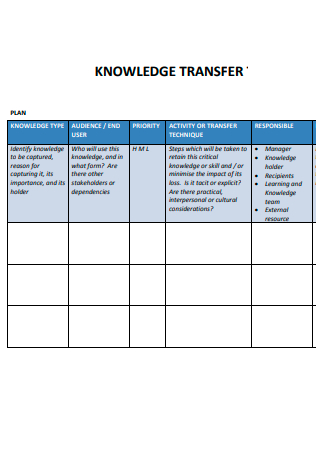
Basic Knowledge Transfer Plan
download now -
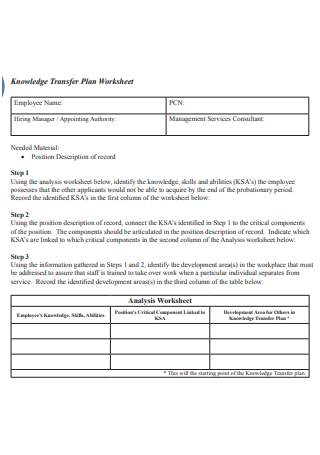
Knowledge Transfer Plan Worksheet
download now -
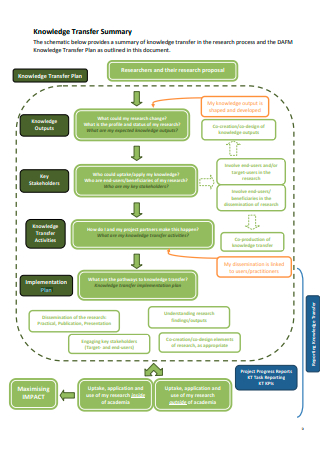
Knowledge Transfer Summary Plan
download now -
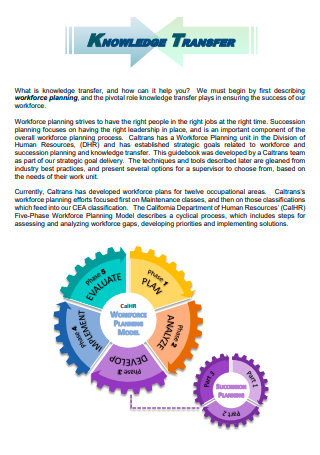
Knowledge Transfer Plan Example
download now -
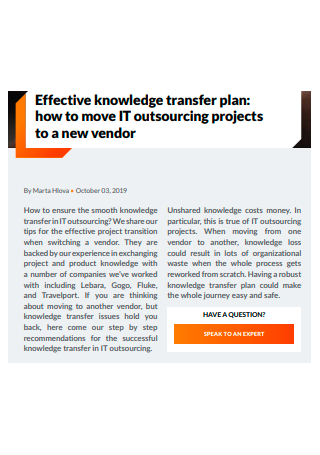
Effective Knowledge Transfer Plan
download now -
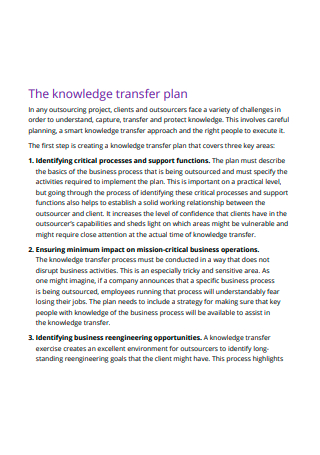
Printable Knowledge Transfer Plan
download now -
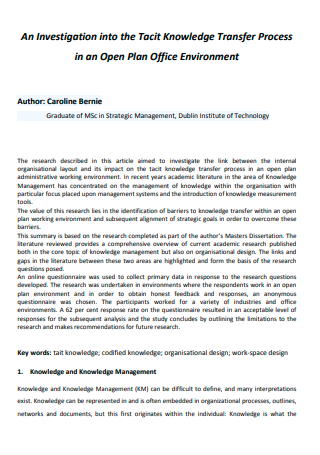
Knowledge Transfer Process Plan
download now -

Power and Knowledge Transfer Plan
download now -
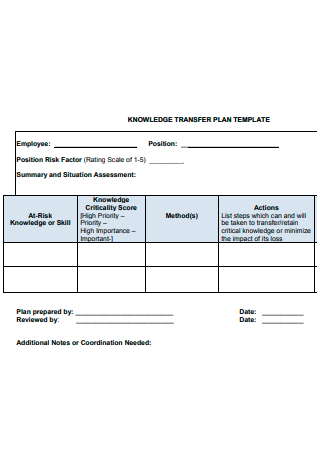
Knowledge Transfer Plan Template
download now -
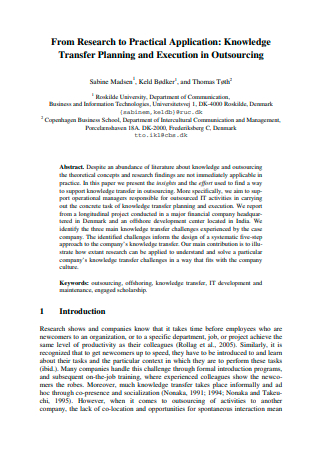
Knowledge Transfer Planning and Execution in Outsourcing
download now -
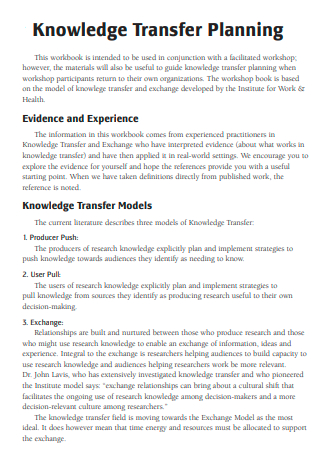
Knowledge Transfer Planning in PDF
download now -
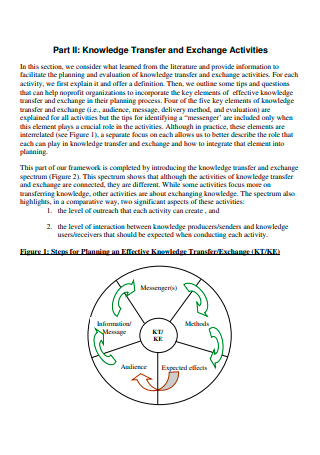
Knowledge Transfer and Exchange Activities Planning
download now -
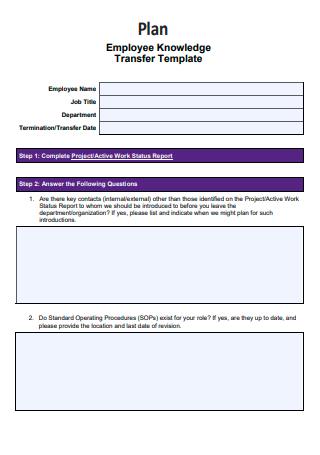
Employee Knowledge Transfer Plan
download now -
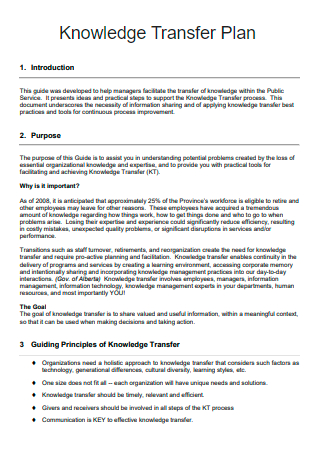
Standard Knowledge Transfer Plan
download now -

Knowledge Translation and Transfer Plan
download now -
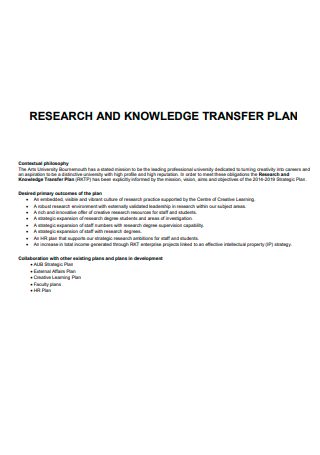
Research and Knowledge Transfer Plan
download now -
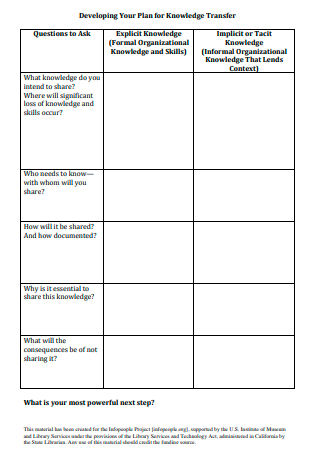
Developing Knowledge Transfer Plan
download now -
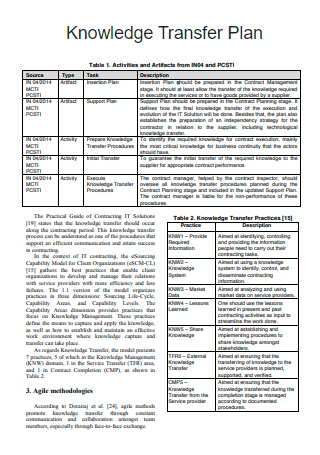
Simple Knowledge Transfer Plan
download now
FREE Knowledge Transfer Plan s to Download
18+ Sample Knowledge Transfer Plan
What Is a Knowledge Transfer Plan?
Types of Knowledge
Benefits of a Knowledge Transfer Plan
Steps On How to Make a Knowledge Transfer Plan
FAQS
Why Is a Knowledge Transfer Plan Important?
How Do You Transfer Knowledge?
What Is the Purpose of Knowledge Transfer?
What Is a Knowledge Transfer Plan?
A knowledge transfer plan is a written document that incorporates information for identifying, capturing, and disseminating knowledge. When there is a transition, a knowledge transfer plan is ideal. Or if a key individual leaves and they have crucial information. The plan would aid in providing a solution for what knowledge to record based on the risks and their type. Then, strategies are developed based on resources, availability, and priority. The techniques would include knowledge transfer methods and identifying knowledge sources.
Types of Knowledge
When it comes to interpretation and application, the various categories of knowledge have few distinctions. Employee training is not synonymous with knowledge transfer. It’s a typical misinterpretation of the term. The concept of “knowledge” extends beyond simply comprehending information. It promotes the development of talents through the acquisition of knowledge. That information would be “knowledge” if it is then wielded and applied.
Benefits of a Knowledge Transfer Plan
Diverse forms of knowledge are also dealt with in very different ways. Their capture may differ, as may their transfer. A good knowledge transfer, on the other hand, has the potential to boost both the quality and quantity of work. It is easier to get desired objectives by following tried and true paths. An organization’s knowledge must continue to evolve. Using a kt plan template to create a knowledge transfer plan is only one method.
Steps On How to Make a Knowledge Transfer Plan
Within an organization, knowledge transmission is critical. There is vital information that is discovered and captured in a methodical manner. Which is to be disseminated throughout a company. So, let’s go over how to create a knowledge transfer plan step by step.
-
Step 1. Identify Risks
Identifying the risks in a business or project is essential for determining what knowledge should be acquired. A knowledge transfer plan could be situation-specific. One of its goals, however, is to contain and address everything that may be covered. Risks could be posed by an employee departing. Or it could be the result of acquisitions and mergers. Key members of the team may be in possession of critical knowledge that will take time to obtain. This could put a project at risk and lead it to be delayed. It is critical to identify areas where concerns may arise.
-
Step 2. Gather Knowledge
Identifying the risk aids in locating the knowledge bearer. In addition to the knowledge that needs be obtained. However, not every piece of knowledge is crucial. And gathering all of them could take a long time. Setting a priority for what knowledge should be obtained is fundamental. Which techniques are required to keep a project running? How many people are aware of this information? Furthermore, how many times will this knowledge be applied? It is critical that these are identified prior to obtaining knowledge. It would focus the search and capture of knowledge. When obtaining knowledge, it is important to indicate what type of knowledge is being gathered and for what purpose. Importantly, how will this knowledge be disseminated? Is it through mentoring, coaching, or work shadowing? What are the sources of information for tangible knowledge? Is there documentation? Is it a video? Those are crucial questions and sections to remember when obtaining information.
-
Step 3. Organize the Knowledge
Organizing knowledge into categories will aid in the breakdown of knowledge transfer strategies. This could also aid in determining the types of tools required for knowledge transfer. Organize to determine which resources are available and which should be acquired. And the number people will contribute to and participate in its distribution.
-
Step 4. Create Knowledge Transfer Strategies
It is critical to determine the type of knowledge being conveyed in a knowledge transfer plan. Or how the knowledge is prioritized and which categories they fall into. This is since their distribution may differ based on the type and availability of resources. This is a critical consideration while developing plans. During a knowledge transfer, there are numerous challenges. The holder’s availability, the specified systematic method of capture, or simply the “how.” In most circumstances, it would be difficult to transfer tacit and contextual information. It’s palpable and, at times, personal. As a result, tactics should be focused on how it can be disseminated. Maybe through pairing or mentoring.
FAQS
Why Is a Knowledge Transfer Plan Important?
A knowledge transfer plan is crucial because it helps to reduce risk when a major event occurs. For example, a merger or the departure of a key member of the team. Knowledge could be lost instead. And it may expose a company or project to delays and unproductive practices. The creation of a knowledge transfer plan allows for the smooth and efficient transmission of knowledge. It would be the plan’s ultimate goal.
How Do You Transfer Knowledge?
There are numerous methods for passing on knowledge. Explicit knowledge could be easily transmitted via written papers, videos, and transcripts. Knowledge has a more visual representation and is easier to impart. However, it is more crucial that it improves the receivers’ adaptive skills. As a result, alternative strategies, such as work shadowing and mentoring, could be used to complete the task. Simulations also aid in the creation of a fictitious setting in which information can be applied.
What Is the Purpose of Knowledge Transfer?
The goal of knowledge transfer is not simply to impart knowledge, but to allow the receiver to apply it. Knowledge is not lost or misconstrued in this way. Though information could be taught or learnt, it would not be applied instantly. The goal of knowledge transfer is to show them how and where they can apply it. Or in what circumstances is this practice effective and applicable.
Knowledge should not be kept behind closed doors. It should be used and applied on a regular basis. This is the true goal of knowledge transfer. To increase efficiency, awareness, and skill development. Doesn’t know where to begin? Download the knowledge transfer plan template above to learn more! Get sample transfer plan now!
